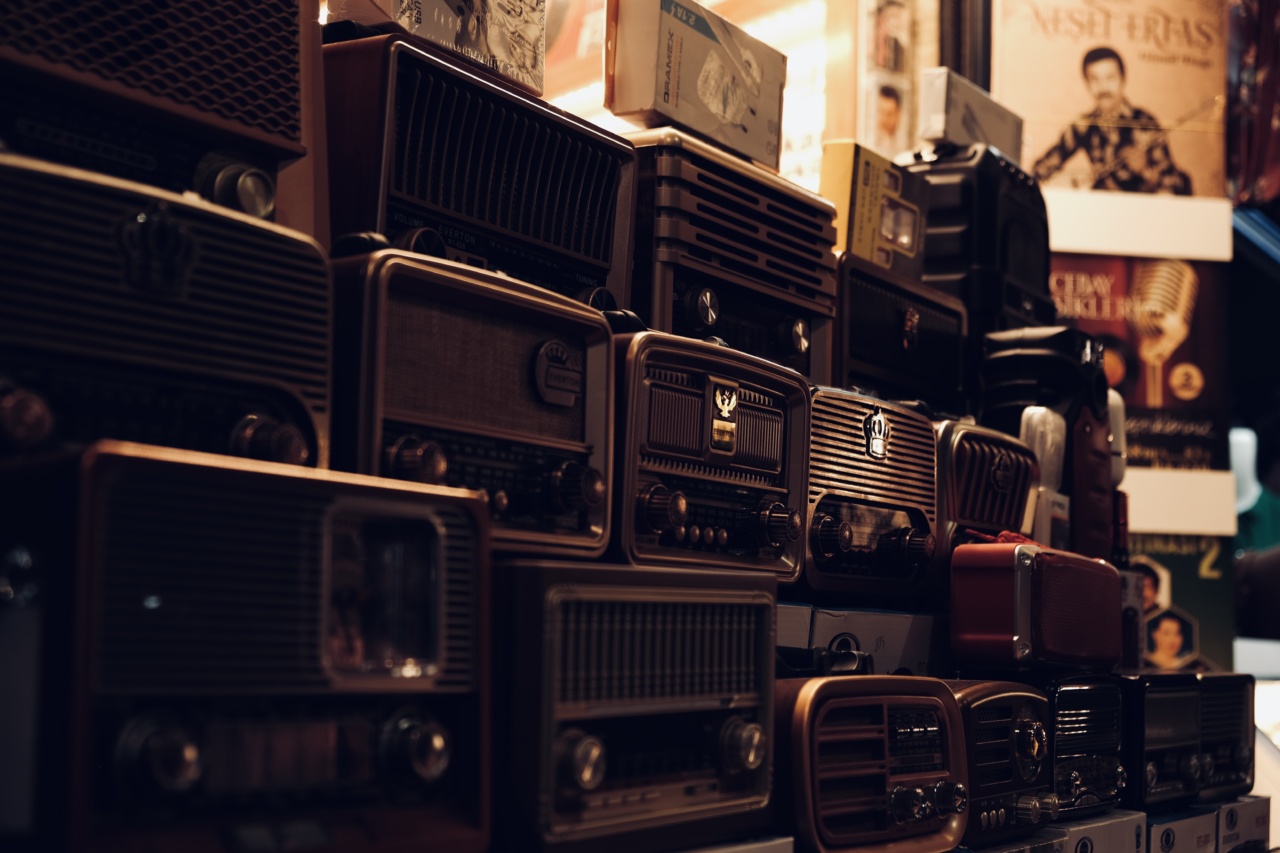Sneezing, an uncontrollable reflex that expels air from the nose and mouth, is a universal phenomenon. However, the sound of a sneeze can vary from person to person and culture to culture.
While some may find a loud sneeze impressive and satisfying, others may prefer a softer and more subtle sound. In this article, we explore the “ideal” sneezing sound across the world and uncover the cultural beliefs and superstitions associated with sneezing.
What Makes a “Good” Sneezing Sound?
The sound of a sneeze is determined by a variety of factors, including the force of the expelled air, the shape and size of the nose and nasal passages, and the amount of mucus present.
A sneeze that is too forceful can be loud and jarring, while a sneeze that is too weak may not effectively expel all of the irritants from the nose.
Some cultures value a loud and forceful sneeze, believing that it indicates good health and vitality. In other cultures, a quieter and more subdued sneeze is preferred as it is considered more polite and less disruptive.
Sneezing Superstitions
Throughout history, sneezing has been associated with various superstitions and beliefs. In ancient Greece, a sneeze was considered a good omen, indicating that the gods were favorably disposed towards the sneezer.
Similarly, in ancient Rome, a sneeze was thought to be a sign of good fortune and a favorable outcome.
In some cultures, sneezing is believed to be a bad omen. In Russia and some Eastern European countries, it is believed that if someone sneezes, they will receive bad news or someone close to them will soon die.
In Japan, sneezing is believed to be a sign of a cold or illness and may indicate that the person needs to take better care of their health.
The “Ideal” Sneezing Sound Across the World
So, what is the “ideal” sneezing sound across the world? While there is no one-size-fits-all answer, here are some examples of how different cultures express and perceive the sound of a sneeze:.
1. In the United States
In the United States, the traditional sneezing sound is a loud and forceful “ah-choo.” While some may find this sound satisfying, others may consider it to be impolite or disruptive.
2. In Germany
In Germany, the preferred sneezing sound is a more subdued “hatschi,” which is quieter and less forceful than the American “ah-choo.” The German sneeze is often accompanied by a hand gesture to cover the mouth and nose, indicating politeness and consideration for others.
3. In Japan
In Japan, the traditional sneezing sound is a soft and subtle “shon.” Japanese culture places a high value on politeness and consideration for others, and a loud or disruptive sneeze may be viewed as impolite or inconsiderate.
4. In India
In India, the traditional sneezing sound is a forceful and explosive “ha-ee.” Indian culture places a high value on energy and vitality, and a loud sneeze may be seen as a sign of good health and vigor.
5. In France
In France, the preferred sneezing sound is a breathy and subtle “at-chu.” The French value elegance and sophistication, and a loud sneeze may be seen as gauche or uncivilized.
6. In China
In China, the traditional sneezing sound is a soft and gentle “hong-mao.” Chinese culture places a high value on harmony and balance, and a loud or disruptive sneeze may be viewed as a disruption to this harmony.
7. In Italy
In Italy, the traditional sneezing sound is a soft and subtle “etciu.” Like the French, the Italians value elegance and refinement, and a loud sneeze may be seen as uncivilized or impolite.
8. In Russia
In Russia, the preferred sneezing sound is a forceful and explosive “apchkhi.” Russian culture places a high value on strength and power, and a strong sneeze may be seen as a sign of vitality and vigor.
9. In Brazil
In Brazil, the traditional sneezing sound is a loud and boisterous “atchim.” Brazilian culture places a high value on liveliness and energy, and a loud sneeze may be seen as a sign of liveliness and vitality.
10. In Australia
In Australia, the traditional sneezing sound is a nonchalant and subdued “tchh.” Australian culture places a high value on laid-back and casual behavior, and a loud or disruptive sneeze may be seen as out of place or attention-seeking.
Conclusion
While the “ideal” sneezing sound may vary from culture to culture, it is clear that the sound of a sneeze is not just a matter of physiology, but is also influenced by cultural beliefs and superstitions.
Whether you prefer a loud and forceful sneeze or a soft and subtle one, it is important to be considerate of those around you and to respect cultural differences.































